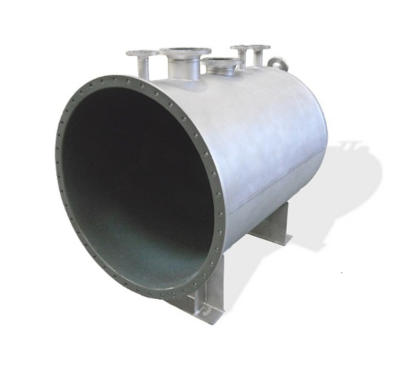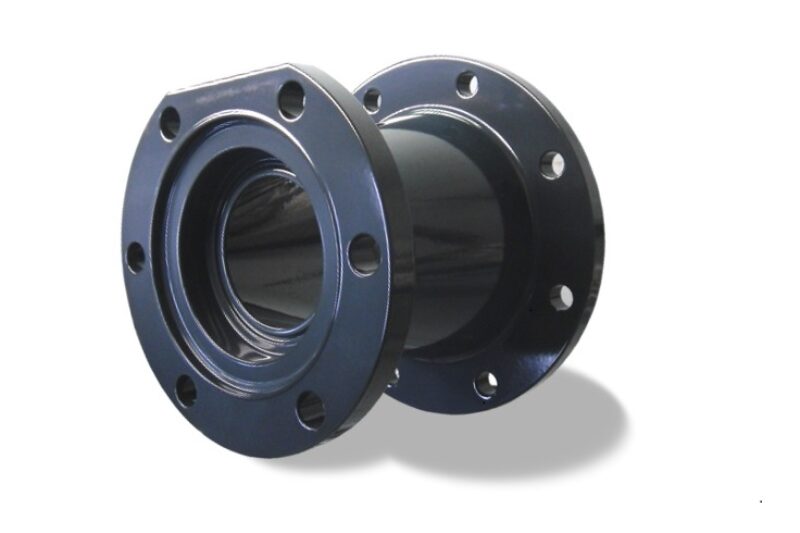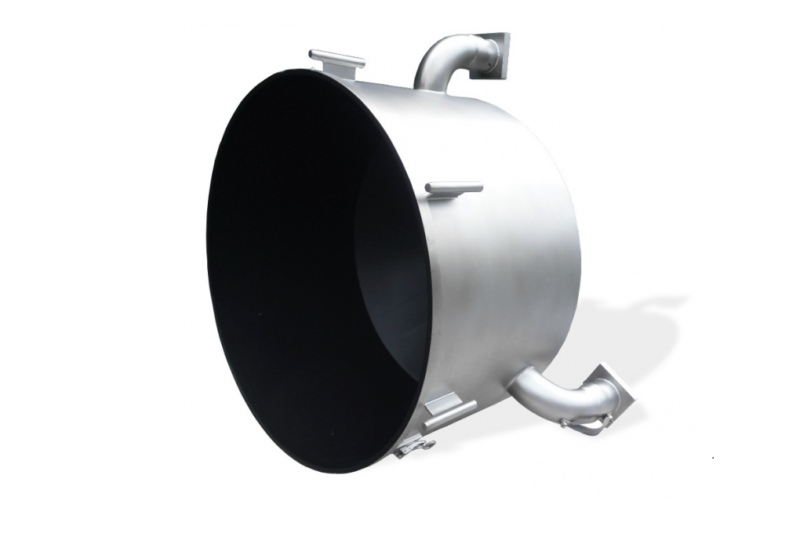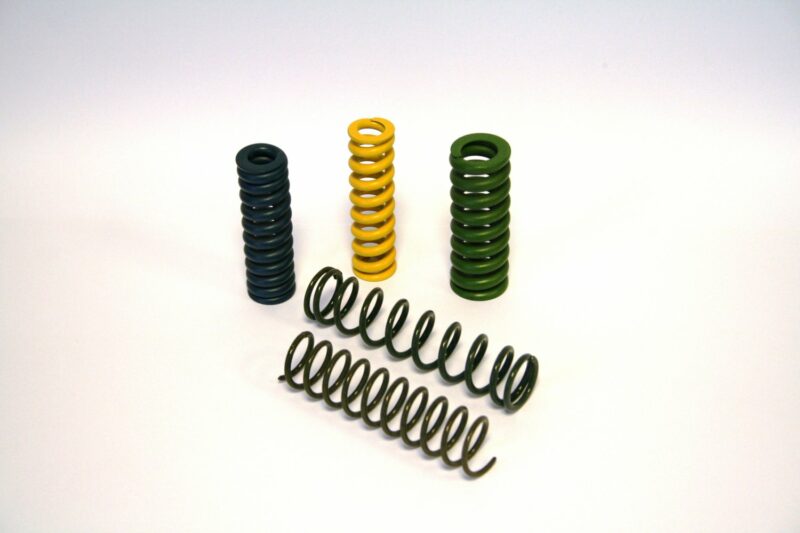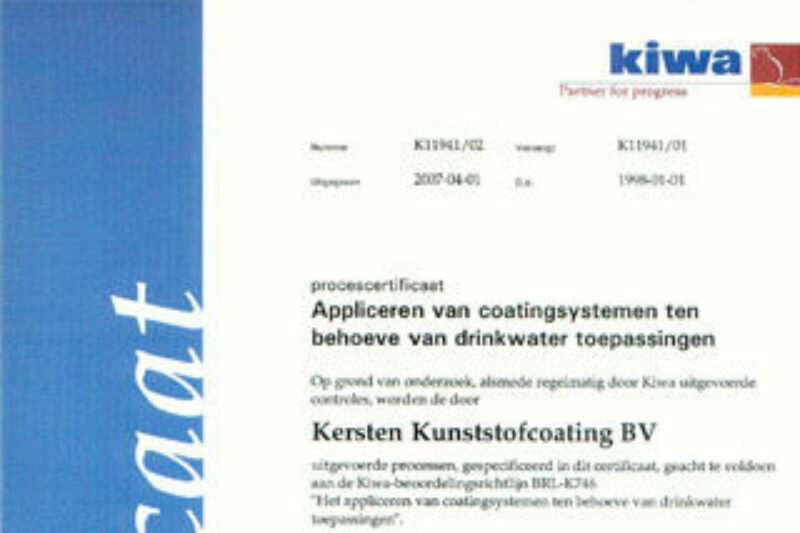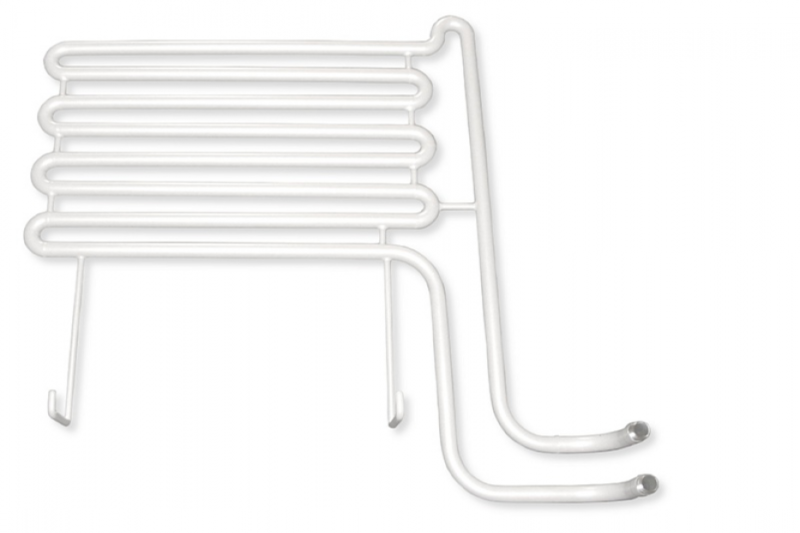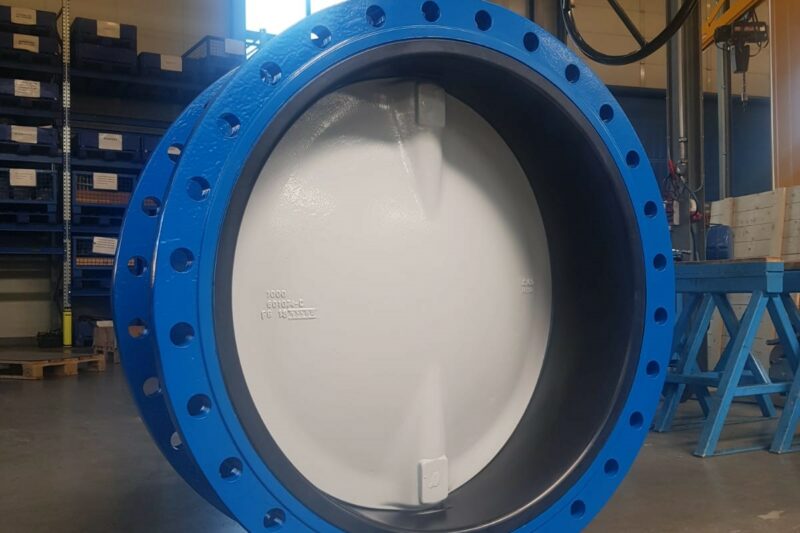Halar®
A single coating with numerous applications
Halar® ECTFE is a thermoplastic fluoropolymer. The combination of non-stick characteristics, wear resistance and excellent corrosion protection means that this coating is suitable for numerous applications – from storage or transport of aggressive media through up to machine components for the galvanization and semiconductor industries. Additives can be added to create variants of Halar® that offer greater protection against vapour diffusion or that makes Halar become conductive or anti-static.
Colours and layer thicknesses
We apply Halar® in various layers by electrostatic powder coating to a pre-heated surface. As Halar® is applied by a number of layers, the overall thickness can vary. The most widely used layer thicknesses are between 300 and 600 μm, but thicknesses of even 1 mm are possible. The colour is directly related to the type of application.
Solutions
Sectors
Frequently asked questions
With this coating technique the powder in side the spraying-gun is electrically charged. The powder then settles on the metal surface that needs to be coated. Depending on the coating this is applied to a cold or a pre-heated metal surface. With a number of coatings this can be repeated in order to achieve a higher layer thickness.
Electrostatic powder spraying has the following advantages:
- It is possible to provide specific parts or surfaces of the component with a coating
- Complex parts can be coated
- The layer thickness can be adjusted by the amount of layers
- More colors can be selected with this technique
Chemical resistance is important in almost all circumstances. An exception is, for example, a non-stick coating on stainless steel.
Chemical resistance is the degree to which a coating is resistant to a specific chemical medium. The concentration of chemical substances and the temperature of the medium have a major influence on the level of resistance. We can advise you about the possibilities of our coatings.
The answer to this question is complex and cannot be answered shortly. Each coating has a certain chemical resistance. Per situation we can determine which coating suits best as application. We are happy to advise you on this.
Coatings used in contact with food must meet strict requirements. These coatings are not allowed to release any harmful substances into the food. In Europe the coatings must meet European standards, while in America the coatings must have an FDA approval.



